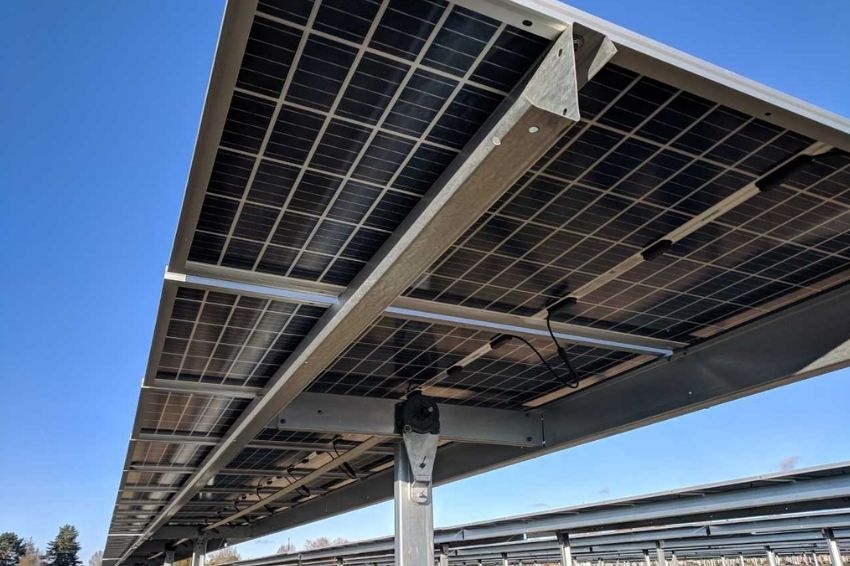“The trend is for manufacturers to produce only with bifacial cells in the future, favoring increased scale and reduced costs”, is what Felipe Santos, sales manager at JA Solar in Brazil, pointed out. The expert highlighted that panels that use double-sided technologies produce more energy and, therefore, present better cost-benefit for ground-based plants, compared to single-sided models.
According to Santos, the bifacial module reduces the LCOE (Levelized Cost of Energy), which is the sum of the plant's total investment and its operating cost (CAPEX + OPEX) divided by the amount of energy generated during its useful life.
“It generates more energy in a smaller area, with smaller investments in BOS (System Balance), as they require fewer structures and cables, for example. In the case of JA Solar, 100% of the cells produced are already bifacial, regardless of whether they are in a bifacial module or not. This means that the cost drops year after year and becomes an increasingly viable solution”, said the expert.
Data from the ITRPV (International Technology Roadmap for Photovoltaic Energy) also points to the global trend towards double-sided modules. The survey shows that 60% of the photovoltaic panel market will be bifacial by 2029.
Importance of simulation
Felipe Santos also highlights the importance of carrying out comparative simulations using the main software on the market to then decide on a specific model. “The information in the datasheet is very important, but limited, which is why I always recommend simulation. Through it, it is possible to obtain more accurate results on the performance of the module and the plant as a whole in conditions closest to the reality of the project”, he explained.
With the aim of verifying the energy efficiency of bifacial modules, he carried out a simulation in PVSyst, photovoltaic design software, with its own modules. “We tested a 5MW virtual plant on a technological scale and the result was surprising: from 5 to 8% more energy generated and a reduction of 15% in area, as, in addition to greater energy generation, the glass-glass bifacial modules present less annual degradation”, he highlighted.
Market for bifacial
Gustavo Tegon, sales manager at Jinko Solar in Brazil, commented on the market for bifacial modules and said that there are several applications to be used in the distributed generation sector, such as carports and also ground installations.
“In recent research, it was reported that more than 90% of soil albedo actually brings benefits for the installation of bifacial modules. This is the reason why bifacials have been the solution chosen when executing GC (centralized generation) projects. Throughout Latin America, 90% of GC projects, with Jinko products, opted to use bifacial technology”, explained Tegon.

















One Response
In recent research, it was reported that an additional 90% of soil albedo actually brings benefits for the installation of bifacial modules…. What research was reported?